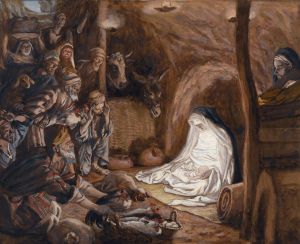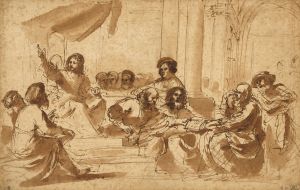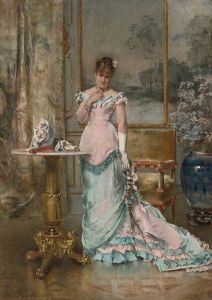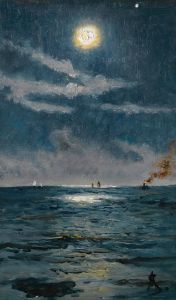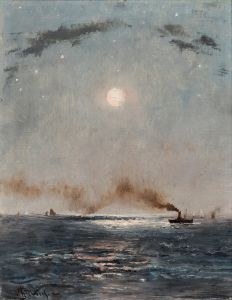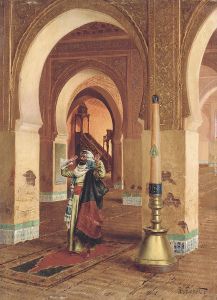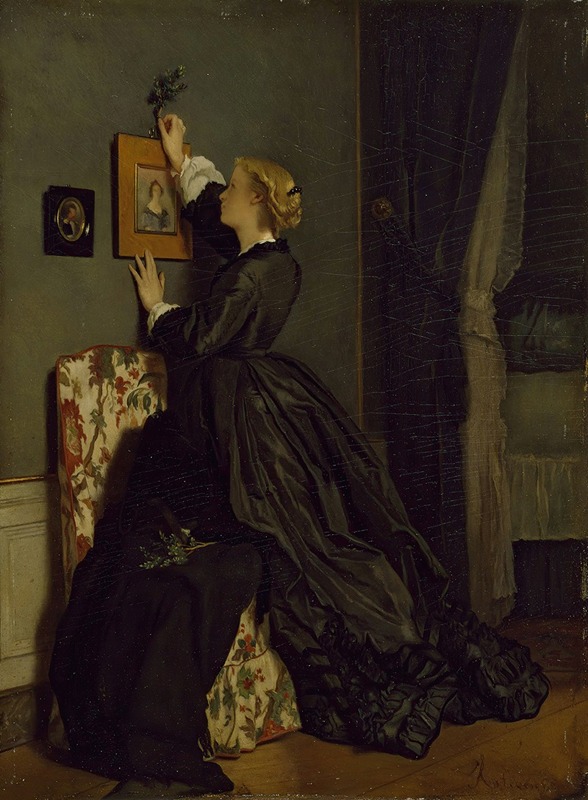
Palm Sunday
A hand-painted replica of Alfred Stevens’s masterpiece Palm Sunday, meticulously crafted by professional artists to capture the true essence of the original. Each piece is created with museum-quality canvas and rare mineral pigments, carefully painted by experienced artists with delicate brushstrokes and rich, layered colors to perfectly recreate the texture of the original artwork. Unlike machine-printed reproductions, this hand-painted version brings the painting to life, infused with the artist’s emotions and skill in every stroke. Whether for personal collection or home decoration, it instantly elevates the artistic atmosphere of any space.
Alfred Stevens was a Belgian painter known for his elegant and detailed depictions of women and domestic interiors. Born in Brussels in 1823, Stevens became a prominent figure in the 19th-century art scene, particularly in Paris, where he spent much of his career. His works often reflect the social and cultural dynamics of his time, capturing the nuances of bourgeois life with a keen eye for detail and a refined aesthetic sensibility.
One of Stevens' notable works is "Palm Sunday," a painting that exemplifies his mastery in portraying the subtleties of light, texture, and emotion. Although specific details about the painting "Palm Sunday" are not extensively documented, it is consistent with Stevens' broader body of work, which frequently features women in intimate, contemplative settings. His paintings often explore themes of femininity, fashion, and the domestic sphere, rendered with a delicate touch and an emphasis on the interplay of light and shadow.
Stevens' style is characterized by a blend of realism and impressionism, capturing the essence of his subjects with both precision and a sense of immediacy. His attention to detail is evident in the intricate rendering of fabrics, furnishings, and the play of light across different surfaces. This meticulous approach allows viewers to engage with the painting on multiple levels, appreciating both the technical skill and the emotional depth conveyed through his compositions.
"Palm Sunday" likely reflects Stevens' interest in capturing moments of quiet reflection and the personal experiences of his subjects. The title suggests a connection to the Christian observance of Palm Sunday, which commemorates Jesus' triumphant entry into Jerusalem. This event is traditionally marked by the distribution of palm branches, symbolizing peace and victory. While the painting's specific content is not detailed in available records, it is reasonable to infer that Stevens may have used this theme to explore ideas of spirituality, introspection, or the passage of time, consistent with the contemplative nature of his other works.
Throughout his career, Stevens received significant recognition for his contributions to the art world. He was awarded numerous honors, including the Legion of Honor in France, and his works were exhibited widely across Europe. His ability to capture the essence of 19th-century life, particularly the roles and experiences of women, has earned him a lasting place in the history of art.
In summary, while detailed information about the painting "Palm Sunday" by Alfred Stevens is limited, it can be appreciated within the context of his broader oeuvre. Stevens' work is celebrated for its technical excellence and its ability to convey the subtleties of human experience, making "Palm Sunday" a likely reflection of these enduring qualities.





